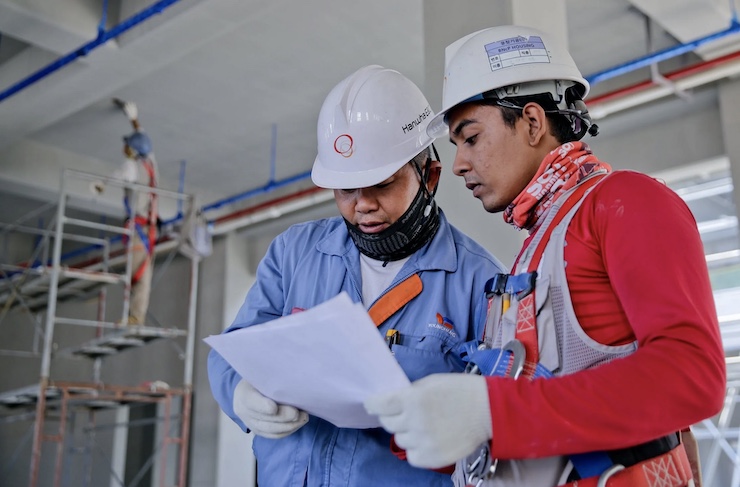
Workplace fatalities are on the rise with more than 5,100 last year. But many of these fatalities might be avoided if more industries employed drones. For example, drones can help monitor unsafe workplace conditions that lead to falls from ladders and scaffolding – still the largest safety risk at work. A study published in the Journal of Information Technology in Construction found that combining a drone and an iPad to observe safety hazards can make up to 100 times more observations than a single safety inspector conducting rounds. Companies can better ensure their compliance with tough new workplace safety standards and greatly reduce their liability, reducing the number of fines and the costs of litigation and workplace injury settlements.
In addition to workers, workplace safety inspectors are also at risk. A growing number experience falls, electrocutions, burns and other exposures to moving and often deadly machine parts while evaluating the state of complex and dangerous industrial equipment. Inspecting wind turbines, electrical grids and tall office buildings in inclement weather are especially perilous activities. Drones can perform these jobs more safely and without any loss of inspection precision.
When injuries do occur, drones can also play a critical role in promptly delivering first-aid. Researchers in Australia compared the reaction times of drones and first responders to reports of workplace injuries, and found that drones improved response time significantly. While drones cannot replace the critical care of licensed medical providers, they can deliver badly needed and possible life-saving supplies before the EMTs arrived.
The Occupational Health and Safety Administration (OSHA) currently deploys 12 drones to conduct safety audits, observations and inspections, primarily in the construction industry, where the majority of falls occur. OSHA claims to have increased its inspections by 30 percent since it began introducing drones in 2019. OSHA can only use drones if the employer consents and if inspection teams have complied with all Federal Aviation Administration regulations, including registration, certification and reporting. All of OSHA’s regional units are authorized to request drone support.
Drones can also be used to raise the quality of environmental water sampling, an issue of growing interest to the Environmental Protection Agency (EPA) The current method of human collection relies on dipping containers into water but only at surface depth, which tends to distort the actual quality of the water being tested. Human sampling also requires expensive and time-consuming use of boats and boat crews. Drone-based collection conducted by devices like “Nixie” can dip water sampling bottles more than two feet into water with up to five knots of current. Drones can actually exceed federal EPA guidelines and allow for a more accurate reading of water toxicity.
Earlier this year, the EPA released the agency’s first preliminary policy guidance on drone use. The lengthy document makes clear that EPA envisions a sweeping role for drones that could affect most if not all of the agency’s current operations including structural integrity assessments, investigations of toxic releases and chemical, biological, radiological events, logistics and planning support, hazardous waste site mapping and terrain modeling to detect erosion and deforestation, among other problems.
More federal agencies are expected to join the drone bandwagon later this year. In addition to establishing clearer protocols for drone use, agencies also need to clarify contracting certification requirements for private drone companies.
Under current General Service Administration (GSA) rules, OSHA and other federal employees are prohibited from operating drones themselves and only a handful of drone companies have so far been certified as government contractors. However, once new agency regulations and policy guidance are in place, the opportunities for expanding public-private drone collaboration in workplace safety and other compliance activities will likely increase.
|